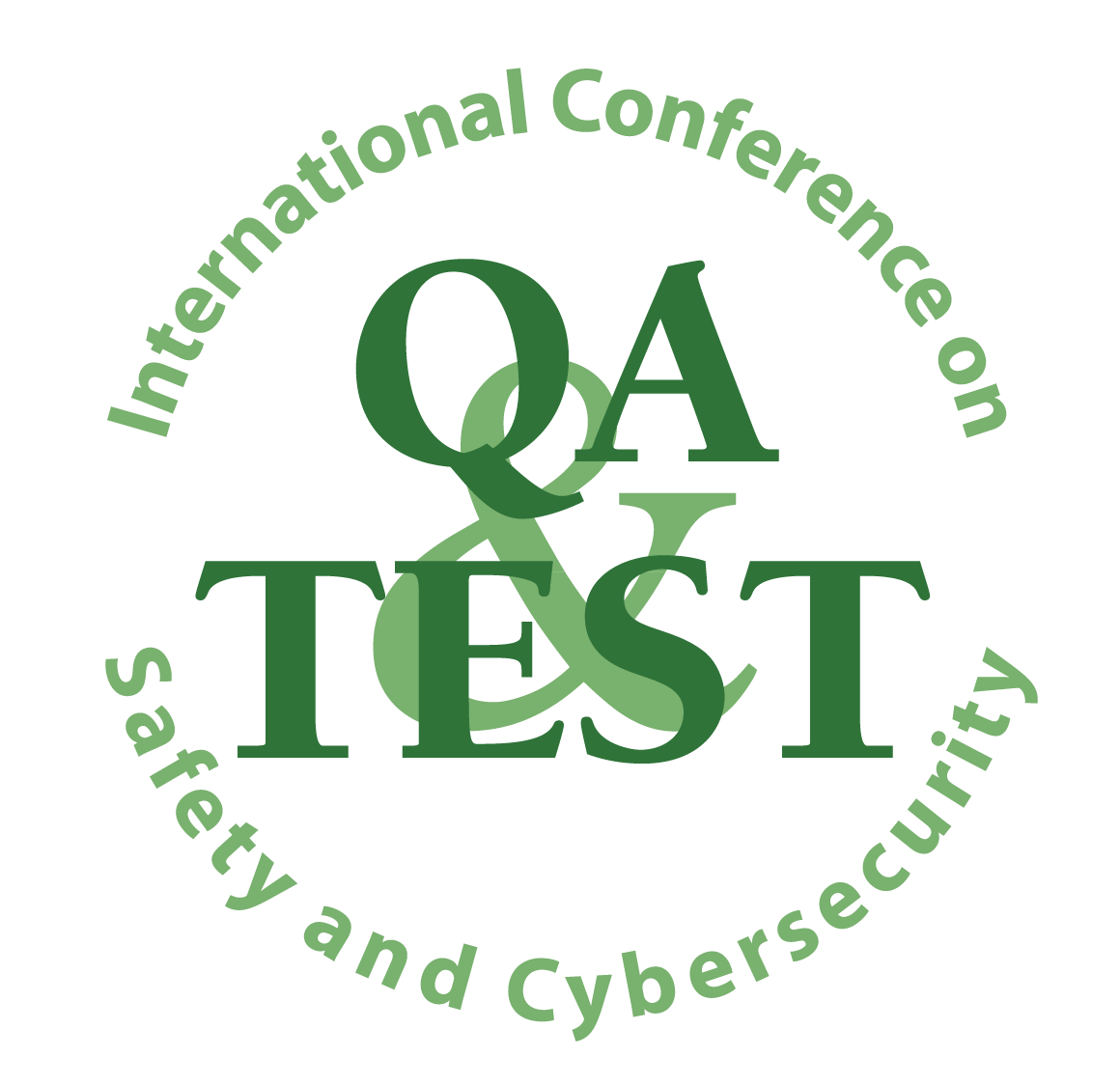The automotive industry is undergoing rapid transformation, with autonomous vehicles at the forefront of this innovation. Ensuring the safety and security of these complex systems is paramount, and three key standards guide their development:
- ISO 26262: Focuses on Functional Safety (FuSa), defined as “the absence of unreasonable risk due to hazards caused by malfunctioning behavior of E/E systems.” This standard was the primary safety target for traditional vehicles until the advent of autonomous cars.
- ISO 21448: Addresses Safety of the Intended Functionality (SOTIF), defined as “the absence of unreasonable risk due to hazards resulting from functional insufficiencies of the intended functionality or its implementation.” SOTIF tackles the emerging safety challenges posed by integrating sophisticated algorithms into autonomous vehicles. Rather than replacing ISO 26262, SOTIF complements it, requiring both standards to be considered for comprehensive safety assurance.
- ISO 21434: Addresses cybersecurity for road vehicles, specifying engineering requirements for cybersecurity risk management. This standard aims to make autonomous vehicles resilient against malicious external attacks, ensuring their trustworthiness in the digital realm.
By adhering to these essential standards, the automotive industry can pave the way for the safe and secure integration of autonomous vehicles into our roads.





